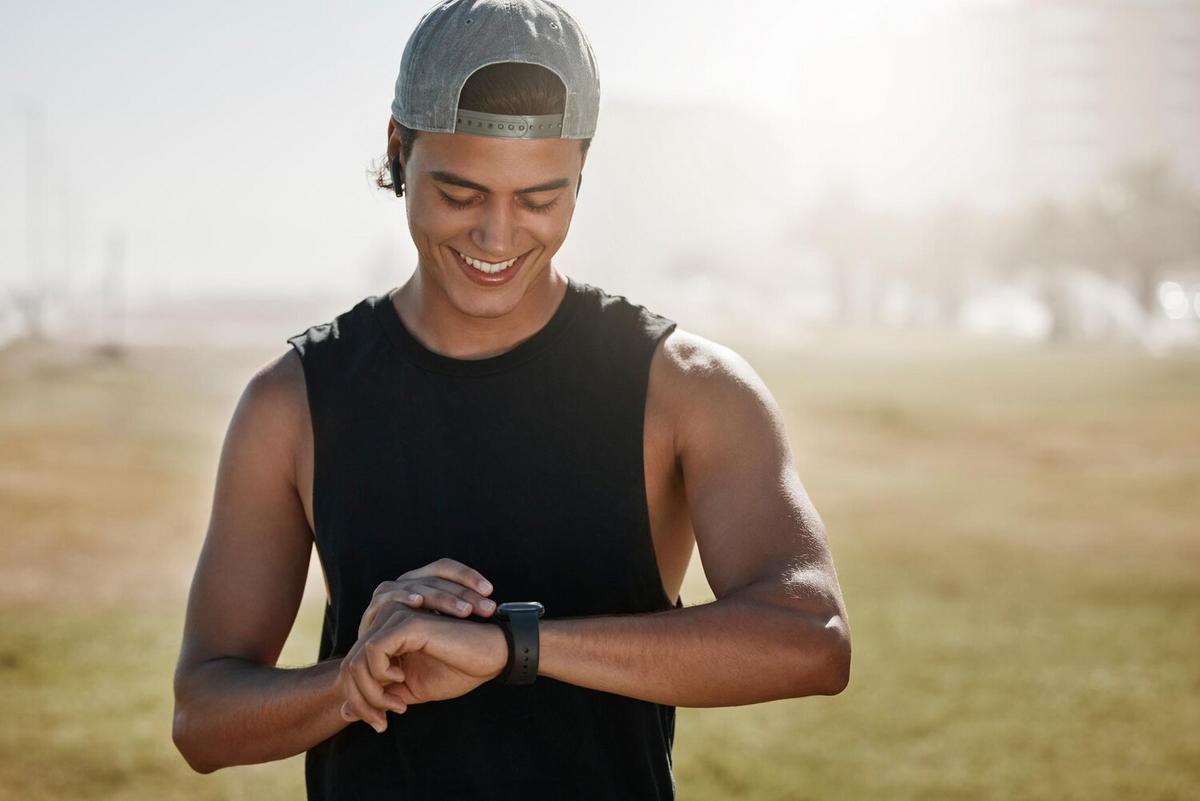
How Wearable Technology is Improving Personal Health Monitoring
Imagine a world where your watch not only tells time but also monitors your heart rate, tracks your sleep patterns, and even reminds you to stay active. This is not science fiction—it’s the reality of wearable technology today. As these devices become more sophisticated, they are playing a pivotal role in personal health monitoring and transforming our approach to wellness.
Wearable technology, a rapidly growing sector, has revolutionized how we monitor our health. With devices like smartwatches, fitness trackers, and even smart clothing, users can now keep track of their health metrics with ease and precision. These gadgets provide valuable insights into various aspects of health, allowing individuals to make informed decisions about their well-being.
How Wearables Are Changing Health Monitoring
According to a study by the International Data Corporation, the wearable market is expected to grow by 15% annually, highlighting a significant shift towards tech-driven health solutions. This growth reflects how wearable technology is increasingly becoming a staple in personal health management.
Expert Insights
Dr. Emily Roberts, a renowned health technology expert, states that “wearable devices are bridging the gap between healthcare providers and patients, offering real-time data that aids in proactive health management.” Such insights underscore the importance of these devices in modern healthcare.
Personal Stories
Take, for example, Mark, a fitness enthusiast who uses a fitness tracker to monitor his workouts. By analyzing his heart rate and calories burned, Mark has optimized his training regime, leading to better performance and overall health.
Advantages of Wearable Technology
| Feature | Benefit |
|---|---|
| Heart Rate Monitoring | Real-time insights into cardiovascular health. |
| Sleep Tracking | Improves sleep patterns and quality. |
| Activity Tracking | Encourages a more active lifestyle. |
| Calorie Monitoring | Assists in managing weight effectively. |
| GPS Functionality | Tracks outdoor activities accurately. |
| ECG Capabilities | Detects irregular heart rhythms early. |
| Breathing Exercises | Reduces stress through guided exercises. |
| Hydration Reminders | Ensures adequate daily water intake. |
Practical Tips for Using Wearables
- Ensure regular syncing of your device with the corresponding app to keep data up-to-date.
- Set realistic health goals based on the insights provided by your wearable.
- Use the data to engage in meaningful discussions with healthcare professionals.
Frequently Asked Questions
How accurate are wearable devices?
While wearables provide valuable insights, it’s important to note they are not always 100% accurate. They should be used as a guide rather than a definitive source.
Can I use wearables for medical diagnosis?
Wearables are not a substitute for professional medical advice but can provide data that supports medical consultations.
How do wearables help in managing chronic conditions?
They offer continuous monitoring, which can help in early detection of irregularities, thus aiding in better management of chronic conditions.
Conclusion
In summary, wearable technology is transforming personal health monitoring by providing continuous, accessible, and actionable health data. As these devices continue to evolve, they hold the potential to further empower individuals in managing their health. Embrace this technology as a tool for better living, and take the first step towards a healthier future.